The sun and earth -> agriculture
Agriculture
Agriculture is the science, art, and business of cultivating soil, producing crops, and raising livestock. It plays a crucial role in providing food, fiber, and other materials for human survival and economic development.
Types of Agriculture
There are various types of agriculture, including:
- Subsistence Agriculture: Small-scale farming primarily for family consumption.
- Commercial Agriculture: Large-scale farming for profit and trade.
- Organic Agriculture: Farming without the use of synthetic fertilizers and pesticides.
- Intensive Agriculture: High-input farming with a focus on maximizing yield.
- Extensive Agriculture: Low-input farming with large land areas and lower yields per acre.
Key Elements of Agriculture
Key elements of agriculture include:
- Crop Production: Cultivating and harvesting plants for food, feed, fiber, and other uses.
- Livestock Rearing: Raising animals for meat, milk, wool, and other products.
- Soil Management: Practices to maintain soil fertility and structure for crop growth.
- Irrigation: Providing water to crops through artificial means to supplement natural rainfall.
- Agricultural Machinery: Use of equipment and machinery for planting, harvesting, and processing crops.
Importance of Agriculture
Agriculture is essential for:
- Providing food and nutrition for human populations.
- Generating income and employment in rural areas.
- Supplying raw materials for various industries, such as textiles and biofuels.
- Preserving biodiversity and natural ecosystems through sustainable farming practices.
Study Guide for Agriculture
To study agriculture effectively, consider the following topics:
- Basic principles of crop production and management.
- Types of agricultural practices and their impact on the environment.
- Importance of sustainable farming methods and conservation of natural resources.
- Role of technology and innovation in modern agriculture.
- Economic and social aspects of agriculture, including global food security issues.
Understanding these key aspects will provide a solid foundation for learning about the science and practice of agriculture.
.◂Science Worksheets and Study Guides Second Grade. The sun and earth
Study Guide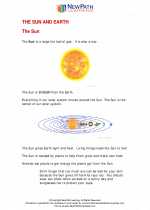 The sun and earth
The sun and earth  Activity Lesson
Activity Lesson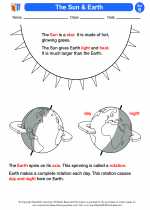 The Sun & Earth
The Sun & Earth  Worksheet/Answer key
Worksheet/Answer key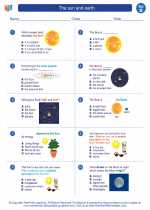 The sun and earth
The sun and earth  Worksheet/Answer key
Worksheet/Answer key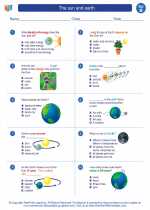 The sun and earth
The sun and earth  Worksheet/Answer key
Worksheet/Answer key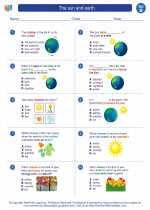 The sun and earth
The sun and earth  Worksheet/Answer key
Worksheet/Answer key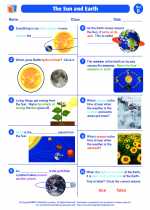 The Sun and Earth
The Sun and Earth  Vocabulary/Answer key
Vocabulary/Answer key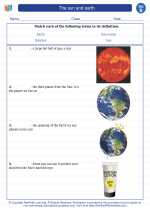 The sun and earth
The sun and earth 

 Activity Lesson
Activity Lesson
 Worksheet/Answer key
Worksheet/Answer key
 Worksheet/Answer key
Worksheet/Answer key
 Worksheet/Answer key
Worksheet/Answer key
 Worksheet/Answer key
Worksheet/Answer key
 Vocabulary/Answer key
Vocabulary/Answer key

The resources above cover the following skills:
Concepts of Earth Science: A student should understand and be able to apply the concepts, processes, theories, models, evidence, and systems of earth and space sciences. A student who meets the content standard should:
Develop an understanding of the cyclical changes controlled by energy from the sun and by Earth's position and motion in our solar system.